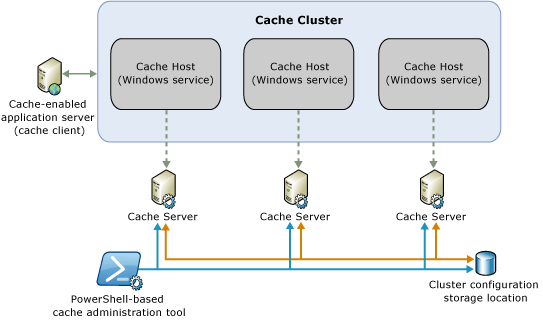Today the word ‘brand’ has gained immense importance and why not? With so many benefits conferred upon by a well-built brand, it is only natural that the exercise of branding is of utmost importance for any enterprise. Just as a website is the very face of a company, a direct reflection of the values of the company; the internal branding of a company plays an equally important part in building a rich working culture within an organization.
Large enterprises and organizations have now come to realize the importance of branding their intranet portal built on a unified platform like SharePoint, Liferay etc. With such platforms it is now possible to create a brand within an organization that not only facilitates faith amongst employees fostering a rich working culture, but also inspires crafting a strong identity around the brand with the help of world-class products or services. It is no doubt that today creating a rich corporate identity defines the organization in the right perspective and goes a long way in branding.
A rich functional brand identity within the organization helps build a professional working culture and motivates employees to perform better; this is true specially so, when employees use a central platform to collaborate with each other within an organization. A corporate portal is a gateway through which members of an organization can access business information and, if set up properly, should be the first place that an employee goes to, in order to access anything important. Organizations using a unified communication platform can brand it by giving rich visuals and a vibrant multimedia appeal that reflects their identity. This can be achieved through a rich display of logos, images and corporate identity across the communication platform.
Portals can drive governance, connect information, effectively consolidate applications, change communication, and reduce fragmentation to a considerable extent. Portals differ from regular websites in some ways, as they are customized specifically for each organization. In many cases, a portal may actually consist of a number of websites, with information stored either directly on those sites or in other systems, such as business applications, file shares, or a regular internet website. This allows the portal to be the central location which users can visit in order to find information regardless of its actual storage location. Any and all information placed on a portal will be up to date, secure, and easily accessible using technology platforms like SharePoint. In addition a portal can also take care of the information needs of employees from multiple specific regions.
To cite an example, consider a new employee who has joined an organization. In addition to orienting herself with the new job responsibilities, it is expected that the employee quickly reviews and understands various company processes and policies. In such a case a good portal should be able to provide all the information regarding company references and policies, as well as the links to all information systems and websites needed by the employee from time to time as per the demand of her job. Along with the above it is imperative that all the information is stored in easy-to-browse locations, as per the subject or the topic. Also the portal should facilitate an easy sharing of information with others, find documents easily etc. Thus a good portal is an integral part of any enterprise.
Thus portal technology provides ways for users to share and consume information from a central location. Following are the reasons which will make an organization invest in portal technology:
- As per the users expectations a good portal platform enables easy-to-access and easy-to-find tools to do their jobs.
- Portal technology being web-based makes the life of decision makers easy as they can access important information through the Internet regardless of their location.
- It enables information workers to manage their day-to-day tasks from a single starting point.
- Organizations are using portal technologies to ensure that business processes remain compliant with important regulatory initiatives, such as the Sarbanes-Oxley Act.
- Portal technologies store and share information in defined structure which makes it easy and intuitive to use for everyone in the organization. Employees can easily locate and retrieve information which in turn boosts productivity.
- Portal technologies have a scalable architecture. It can be scaled up in alignment with the growth of an organization.
- Many a time organizations have legacy systems and data sources such as databases, file shares, or business applications which can be integrated with portal platforms for easy data mining or migration.






